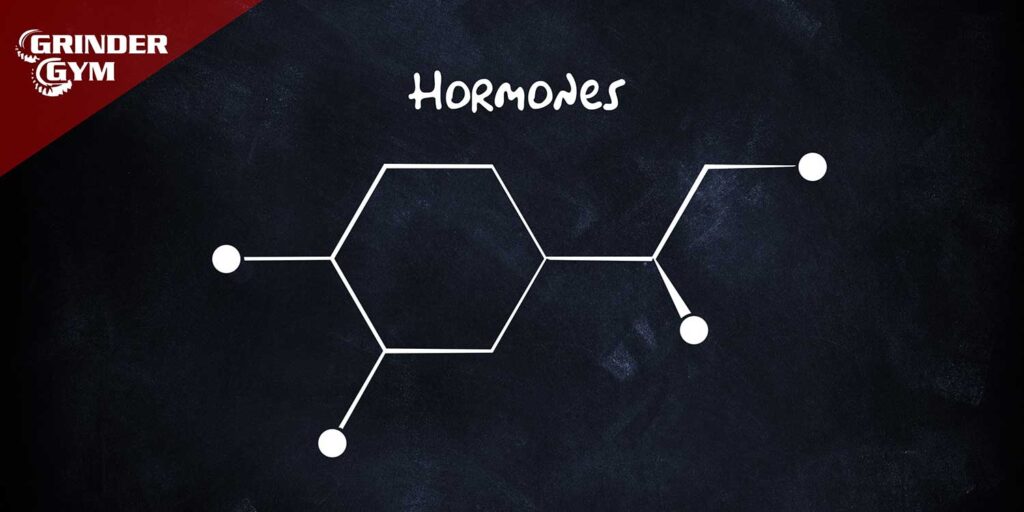
Originally developed as a tanning agent, Melanotan II has shown potential in reducing appetite and promoting weight loss by activating melanocortin receptors involved in energy homeostasis.
Common Name:
Melanotan II
Compound Name:
Melanotan II
Chemical Formula:
C50H69N15O9
Molecular Weight:
1024.18 g/mol
Sequence and Amino Acid Composition:
- Sequence: Ac-Nle-cyclo[Asp-His-D-Phe-Arg-Trp-Lys]-NH2
- Amino Acid Profile:
- Nle (Norleucine):
- Frequency: 1
- Properties: Analog of leucine, non-polar
- Role in the Peptide: Increases peptide stability and longevity in the circulatory system
- Aspartic Acid (D):
- Frequency: 1
- Properties: Acidic, polar
- Role in the Peptide: Important for the interaction with melanocortin receptors
- Histidine (H):
- Frequency: 1
- Properties: Basic, precursor to neurotransmitters, involved in binding sites
- Role in the Peptide: Plays a role in receptor binding and signaling
- Phenylalanine (F), Arginine (R), Tryptophan (W), Lysine (K):
- Properties and Roles: These amino acids contribute to the structural integrity and biological activity of the peptide, influencing its ability to stimulate melanogenesis.
- Nle (Norleucine):
Structure:
Melanotan II is a synthetic cyclic heptapeptide, an analog of the alpha-melanocyte-stimulating hormone (α-MSH), designed to enhance the body’s natural response to UV exposure and stimulate melanogenesis without direct sun exposure.
Synthesis Method:
Synthesized through solid-phase peptide synthesis, providing a high level of purity and control over the sequence.
Solubility:
Soluble in sterile water, making it suitable for subcutaneous injection.
Stability:
Stable at room temperature for short periods but should be stored refrigerated or frozen for long-term storage to maintain potency.
Function:
Melanotan II stimulates melanogenesis through melanocortin receptors, enhancing melanin production without direct sun exposure. This process results in tanning of the skin.
Benefits and Uses:
- Induces skin tanning.
- Potentially reduces the risk of skin cancer by increasing melanin in the skin without the need for UV exposure.
- Studied for its effects on libido enhancement and erectile function.
Side Effects:
Common side effects include facial flushing, increased libido, spontaneous erections, nausea, and appetite suppression. Users should monitor for any allergic reactions or excessive skin pigmentation changes.
Regulatory Status:
Not approved by the FDA for medical use; available primarily through research channels and not recommended for general use due to potential risks and side effects.
ARTICLES




Comments are closed